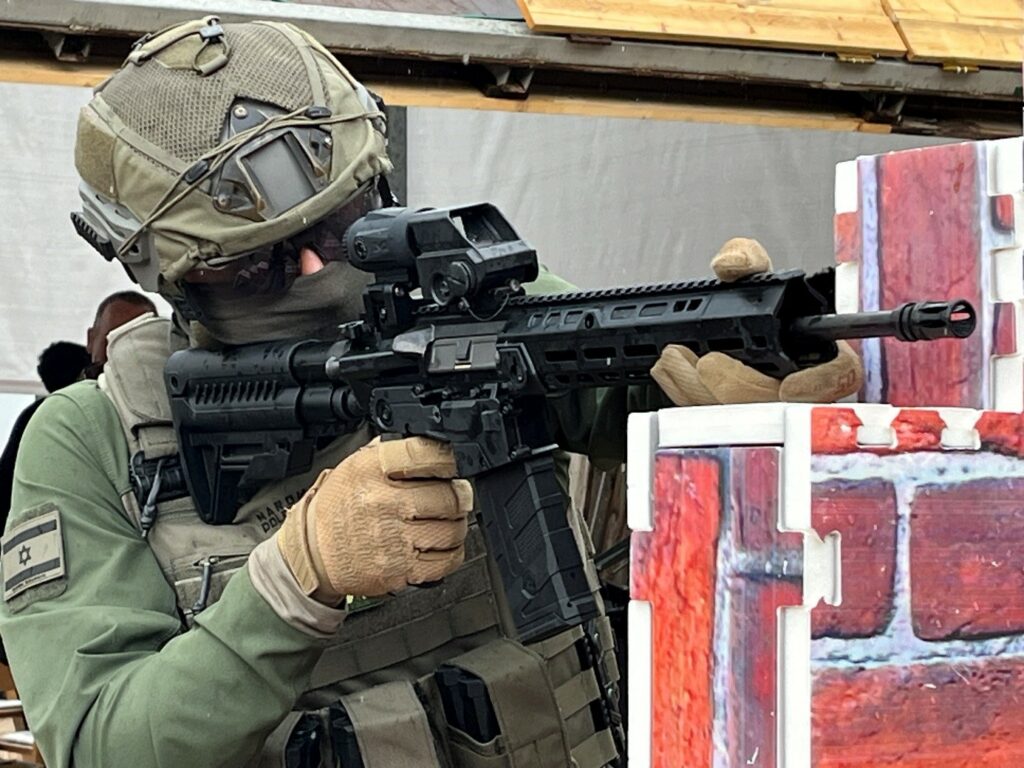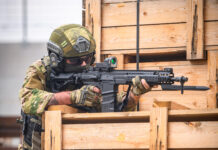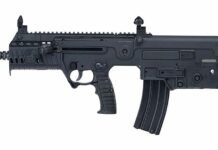Israel Weapons Industries (IWI) announced the launch on 4 April 2024 of what it bills as “the world’s first computerised small arms system”.
Called Arbel, the system comprises a computer, an upgraded electronic trigger mechanism with sensors and a new ‘Arbel’ firing mode, and a removable battery.
As a support system, Arbel is designed to help soldiers prevent errors while improving their overall shooting performance, especially in fleeting engagements when the firer is under significant stress, rather than being a fire control system such as Smash from Israeli firm Smart Shooter. According to IWI, it “increases the lethality, accuracy and survivability of the operator by up to three times”.
The Arbel system is offered for machine guns (7.62×61 mm and 5.56×45 mm) and assault rifles. The system was initially integrated onto IWI’s Negev light machine gun (LMG) and then subsequently onto the company’s Arad, Tavor, X95 Mini Tavor and Carmel assault rifles. It is already being used on these weapons by the IDF in the war in Gaza, which was the first time that real combat experience with the system was gained.
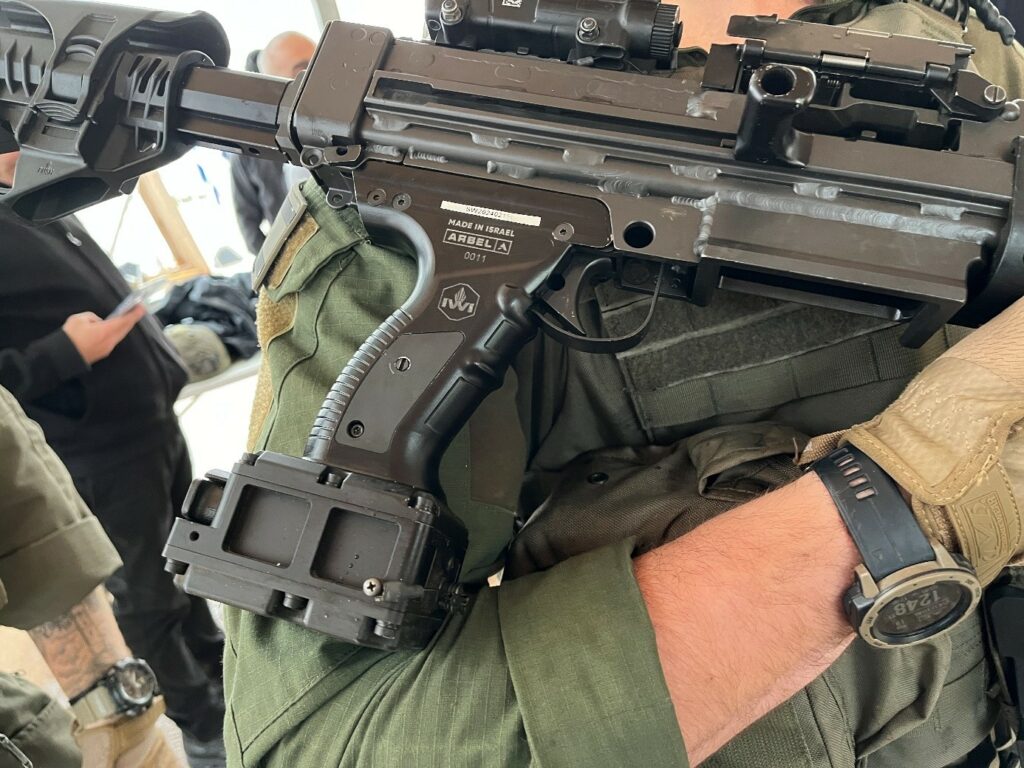
Computer controlled and using complex algorithms and motion sensors to recognise the shooter’s original stopping point, handling and posture, the Arbel system learns the shooter’s behaviour, not through artificial intelligence but via its movement sensors. The system has an electronic trigger and introduces the new ‘Arbel’ fire selection mode in addition to the previous safe (S), single-shot and continuous-fire settings on the safety/fire selection catch. In ‘Arbel’ mode the shooter just needs to pull and hold the trigger after acquiring the target. Each time he acquires the target again, the Arbel system triggers a precise shot.
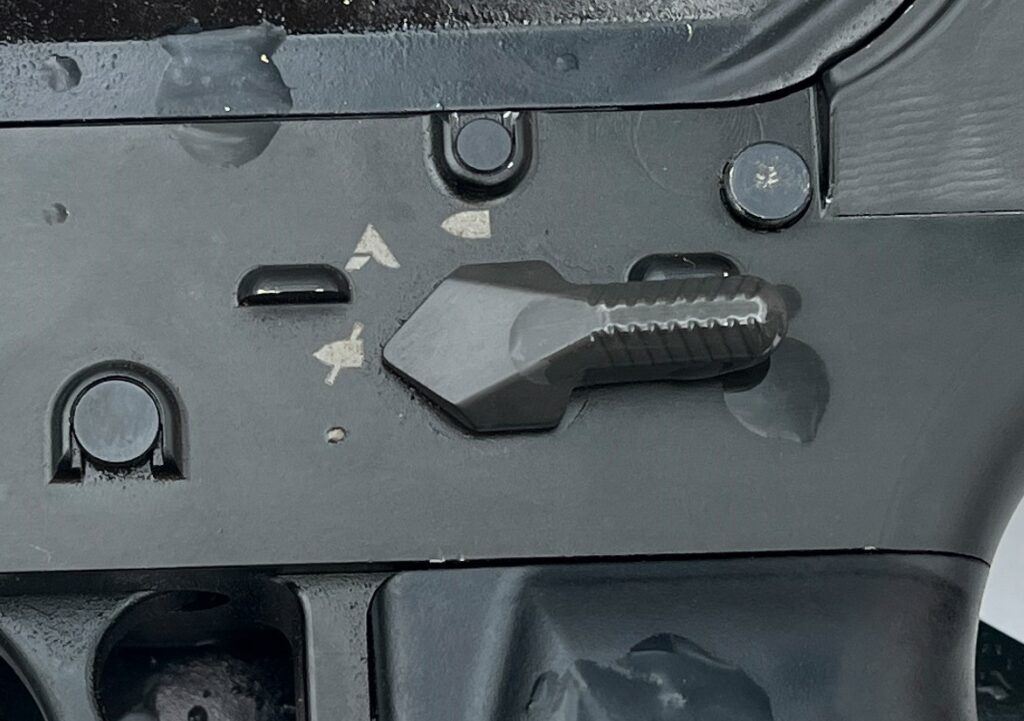
Arbel monitors the movements of the weapon and the trigger status while recognising the tactical scenario and the user’s target patterns. Within milliseconds the complex micro-electromechanical system (MEMS) algorithm determines the optimum moment to fire. As soon as the trigger remains pressed after the first regular shot, the Arbel system analyses the shooter’s behaviour and fires if there is a high probability of a hit; it recognises the centre of target and adjusts the cadence accordingly. The option of an ‘initial shot’ is always available.
The shooter always keeps complete control of the weapon, while the ‘sighted’ and ‘continuous firing’ functions continue to work as with the standard version of the weapon. Even if the Arbel system fails, the weapon can still be used as normal. If the system is damaged or fails, no shot will be fired automatically and unrestricted safety is always guaranteed.
With the Arbel system’s integrated Li-ion battery (110-220V AC), the weapon remains ready for use for up to 50 hours when the fire selector lever is in the Arbel position. The battery is replaceable during use and can be recharged using a 12-28V DC charger. An integrated status display shows the charge status and warns when the battery is low. The weight of the system is around 900 g for a machine gun, including the battery. Arbel also has a self-test capability, the status of which is indicated by LEDs, that can also be used for training purposes. The battery for the machine gun variant of Arbel is located in the grip, while the battery for assault rifle systems is integrated into the shoulder stock.
With the IWI Negev, only the standard grip needs to be replaced with the Arbel grip before the system is ready for use. With the Arad and AR-15 upgrade, only the lower receiver is exchanged for the Arbel lower receiver, which weighs approximately 400 g more. Everything else remains identical, so the shooter does not have to retrain or adjust to a new system. This also ensures that training requirements are minimised and even untrained shooters can shoot almost like a ‘precision shooter’ after a short briefing.
Comparative tests on the shooting range have shown that the ratio between auto mode (continuous fire) and Arbel mode is two compared to nine hits for 10 shots. However, not only is the hit ratio significantly better, but the engagement time for a target is also reduced, by up to 0.5 seconds with 10 shots. This significantly increases lethality. The higher hit ratio also reduces ammunition consumption and places a lighter burden on ammunition logistics.
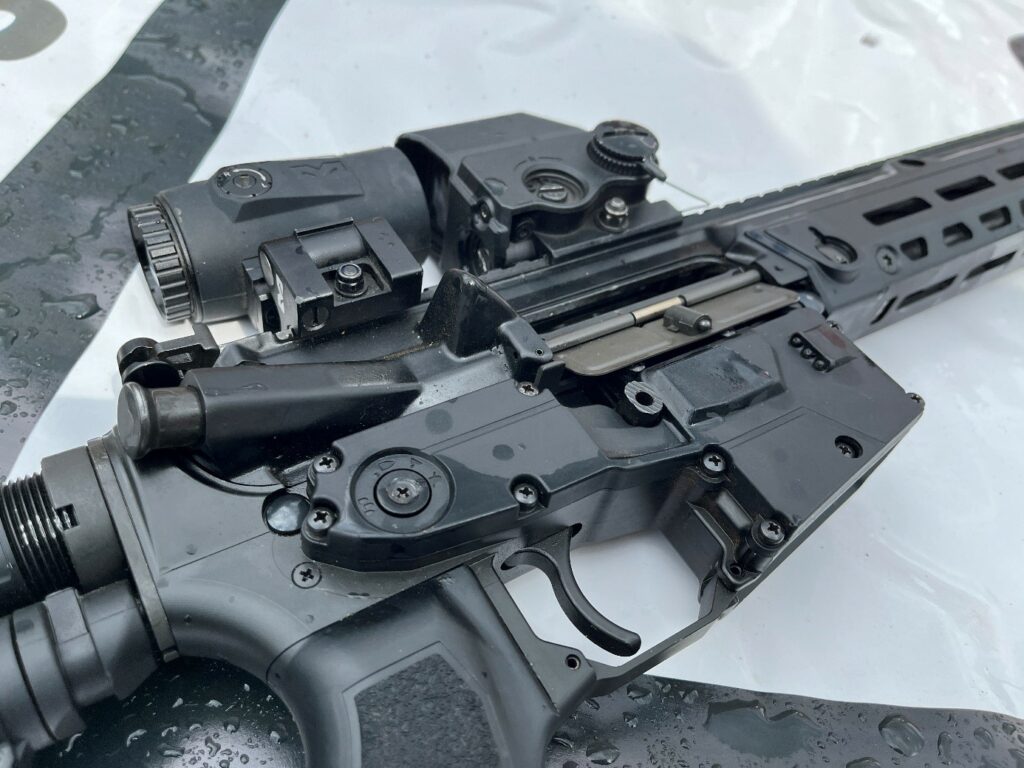
In addition to improving hit results, even under conditions of stress and fatigue, the Arbel system also helps to exploit the short windows of opportunity on the battlefield in which fleeting targets can be seen and engaged. Given the use of body armour, it now often takes more than one hit to successfully engage an enemy, so here, too, the improved hit result is decisive. With machine guns, a long burst of fire is possible instead of the previously used short bursts and yet the hit rate is better. The weapon no longer needs to be reset for stationary targets, as the weapon no longer moves. The shooter only has to pull the trigger once, eliminating the margin for error.
The system also increases the infantryman’s combat capability against small unmanned aerial vehicles UAVs): an application that was recently demonstrated during a live fire event at a shooting range in Israel in which, after a very short time, the UAV was hit three times and crashed to the ground.
Named after the Arbel mountain in Israel, the system is certified to MIL STD 810/TOP 3-2-045 and IP67. Already in use and ready for series production, the next step for IWI is to put the Arbel system into volume production. Thanks to the electronic approach, IWI says specific customer requirements – such as the introduction of a limited burst of three, four or five shots – can be met quickly and easily via software customisations.
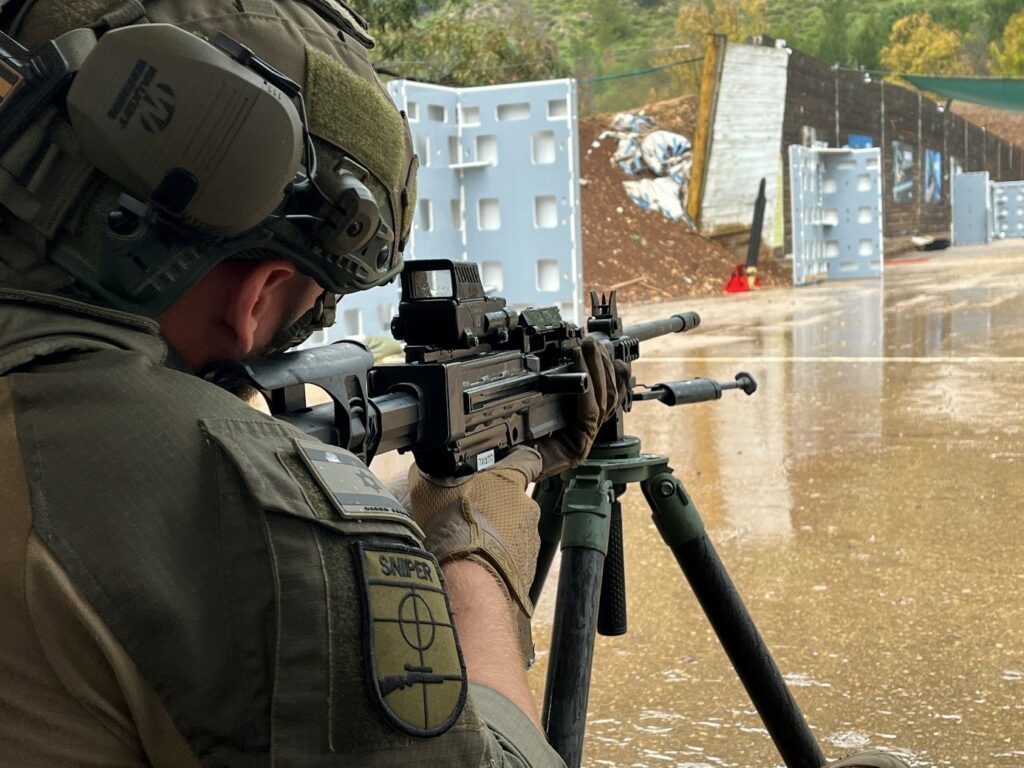
The Arbel system, according to IWI, is the result of intensive research and development work that began around nine years ago. Demand for such a system at the time came from the special forces of the Israel Defence Forces (IDF), who were calling for greater precision and a reduction in weight.
Beyond its own small arms, IWI says that Arbel solutions have also been designed for the weapons of other manufacturers. The company says the system can be integrated onto any weapon and is one of the few systems that does not require any special optical components to function.
In addition to the IDF other armed forces, particularly in Western Europe, are already testing the Arbel system, according to IWI, while official trials are being carried out with US special forces as part of US Special Operations Command’s SOF Week, held in Tampa, Florida, from 6 to 10 May 2024.
